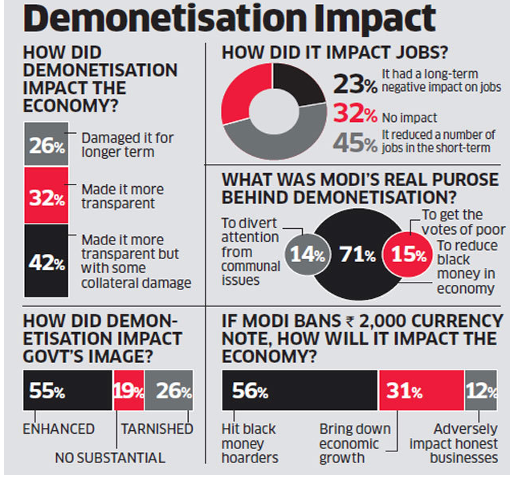“The middle class is the only section in the society that bothers about the poorest section and wants maximum benefits to be given to such people. So as a country, it is not only our responsibility but it is the national duty to uplift the middle class,” said PM Narendra Modi in his first interview of 2019 to ANI.
During Modi’s government, there have been several policies introduced to help the middle class. Yet, a number of policies have had adverse effects on their lifestyles. Here is a look at how the 4-year tenure of the Modi-led NDA has affected the Indian middle class.
What Middle class got under Modi Government –
EDUCATION:
- One of the major benefits in the past 4 years is the emergence of quality educational institutions with excellent amenities. The government has sanctioned a lump sum for the establishment.

2. 10% Quota for Economically Backward Section in the General Category :The Bill has approved a reservation of 10% for education and government job opportunities. The beneficiaries would be people with:
- a family income of less than 8 lakh per annum
- an agricultural land of less than 5 acres
- a house of 100 square yards in a municipality
- a house of 200 square yards in a non-notified colony.
3. Providing Assistance for Girls’ Advancement in Technical Education Initiative (PRAGATI): Under this scholarship scheme, a total of 4000 scholarships were given. One girl per family(whose income was less than 6 lakh pa) received a scholarship of ₹30,000.
4. Beti Bachao Beti Padhao: Education is provided to girl children and the welfare services intended for girls is improved. The scheme was launched with an initial funding of ₹100 crore.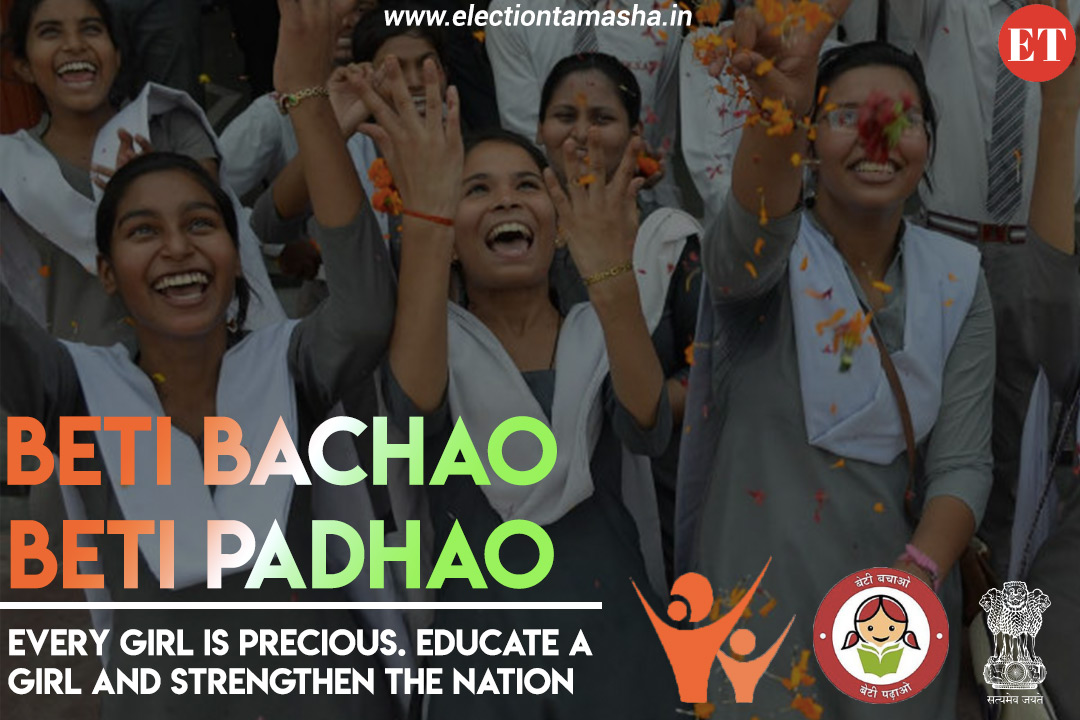
5. National E-Library: The objective is to integrate national and international digital libraries in a single web-portal. The content is available in English and several other Indian languages.
HOUSING:
- Pradhan Mantri Awas Yojana-Urban/Housing For All by 2022: Under this scheme, financial assistance is provided to all its beneficiaries to construct their own homes. A subsidy of up to ₹2.67 lakh is provided under one of the scheme’s components.

- Loan subsidy scheme for 1st time middle-class home buyers has been extended till March 2020.
MEDICINE &HEALTH:
- Good healthcare facilities were extended to Tier II & Tier III cities across India.
- 58 district hospitals were upgraded to medical colleges. Also, the government had sanctioned budgets for 24 medical colleges.
- National Centre for Aging was inaugurated with around 200 general wards.
- Under Sec 80 DDB, the limit of deduction for Medical expenses has been increased from 60,000 to 80,000 for Senior citizens. And the deduction is up to 1 lakh for very Senior citizens.

MONETARY GAINS:
- The government’s policies have resulted in a fall in the inflation rate from 10.92% during the UPA tenure to 4.36%.
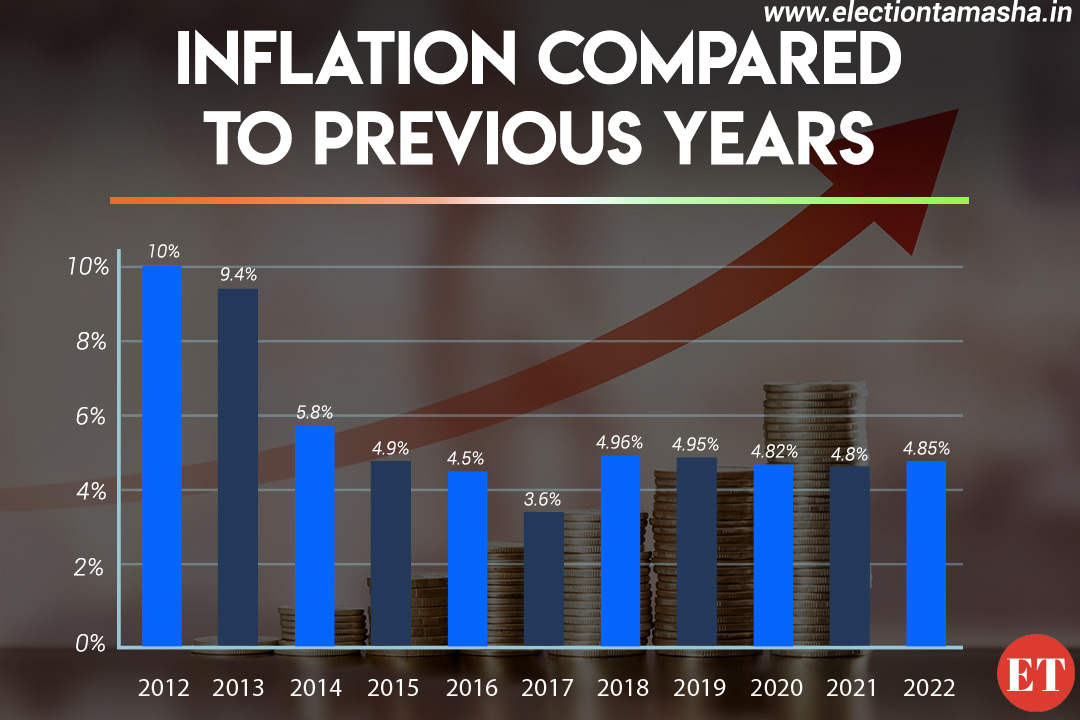
- There is a rise in Foreign Direct Investment (FDI) as compared to FY13 from $24.3 billion to $35.9 billion during the FY18. Now, the increase in FDI attracts more investment. Hence it paves way for more job opportunities to the middle class.
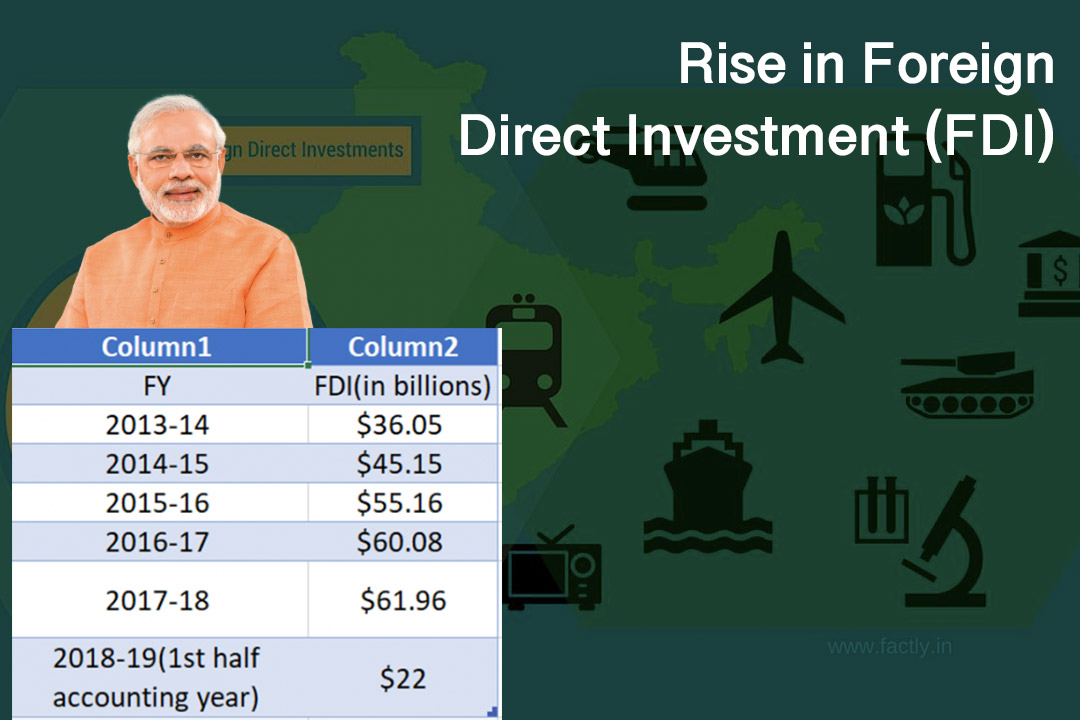
- As per the tax rates are concerned, the present FY rates are comparatively beneficial. Apart from these calculations, other factors like MediClaim and housing have to be considered.
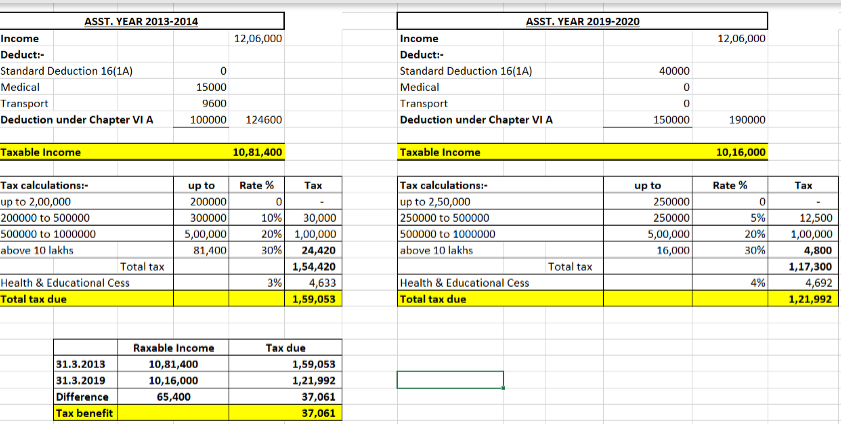
- The World Bank rankings for ease of doing business has been on the rise since 2014.
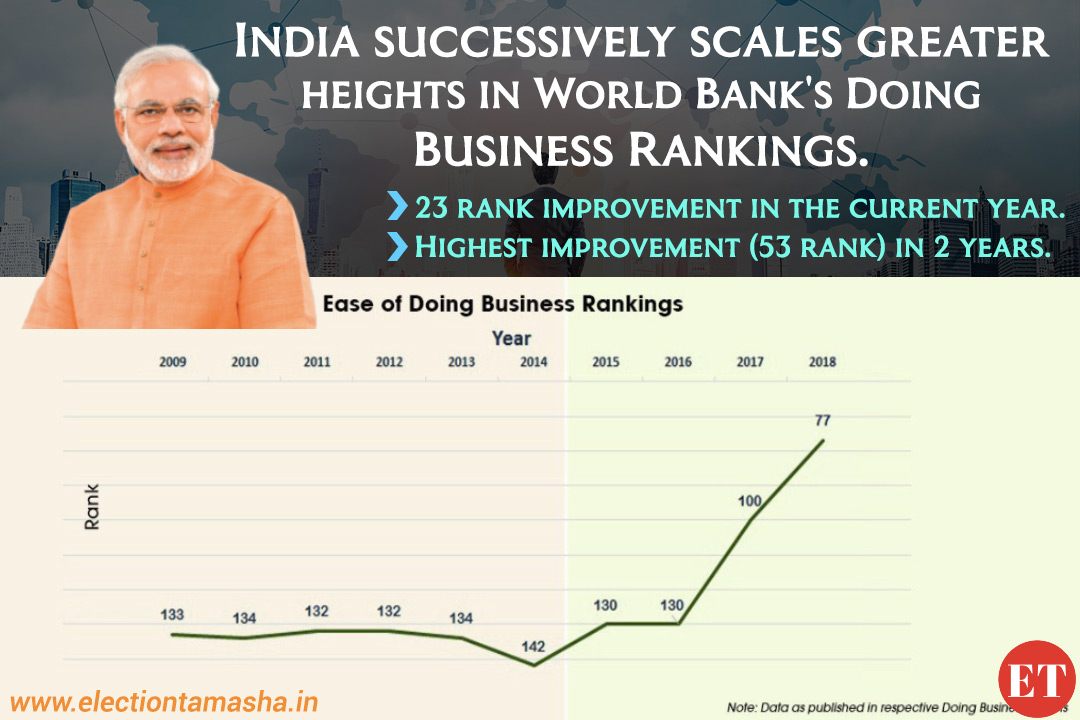
PUBLIC TRANSPORT:
- Udan Scheme: The government has aided the middle class to fly for just ₹2,500 between cities within a distance of 500 km.
- The mood of the Nation poll was conducted by a leading magazine. According to the survey, railway facilities have been enhanced during the Modi government.
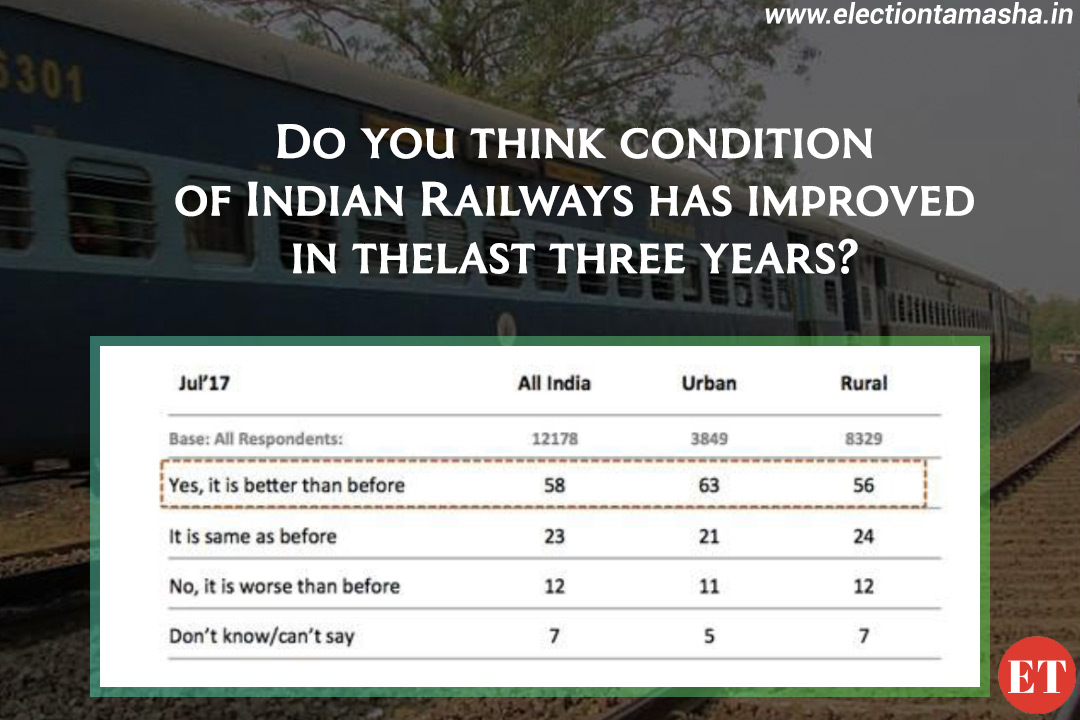
What didn’t go well with the middle class?
DEMONETIZATION:
- The demonetization of ₹500, ₹1000 notes has shaved off wealth worth 1-2% from an entire year’s GDP.
- Demonetization’s immediate effects had slowed the consumer demands. This has reduced industrial production. As a result, many people had turned jobless. CMIE estimates that about 1.5 million jobs were lost between January-April 2017.
GST:
- The introduction of GST has increased the complexity of filing returns. The motive of simplifying the process has failed due to improper implementation.
- The multiple revisions and tax slabs have left people confused. Consequently, they seek the help of more Chartered Accountants. Payment to the accountants along with the innumerable taxes has affected the middle-class people badly.
- Increase in indirect taxes and no reduction in direct taxes has upset the people too.

FUEL PRICES:
- The crude oil prices in the global market went low. But the fuel prices were on the high in India.
- The BJP claims that the hike during UPA was about 75.8% till 2014. But it is only around 13% since the Modi government. Yet there is much discontent among the middle class.

TAXES:
- There has been an increase in service tax by 4%.
- The minimum income for zero tax is ₹5 lakhs which is much higher than the UPA rule. But the policy is applicable only for people aged above 80. This is a much smaller section of people. Hence it cannot be seen as a major gain.
- Also, the GST has little effect on wholesale tax evaders. Many feel that it is a major attack on the honest middle class.
BUSINESS:
- The high hopes of Make in India & Startup India have failed to benefit efficiently.
- The artificial cash crunch created by the government is not appreciated.
- The standard deviation has increased the tax for people with more than ₹5 lakh income. This is due to the removal of allowance and an increase in cess.
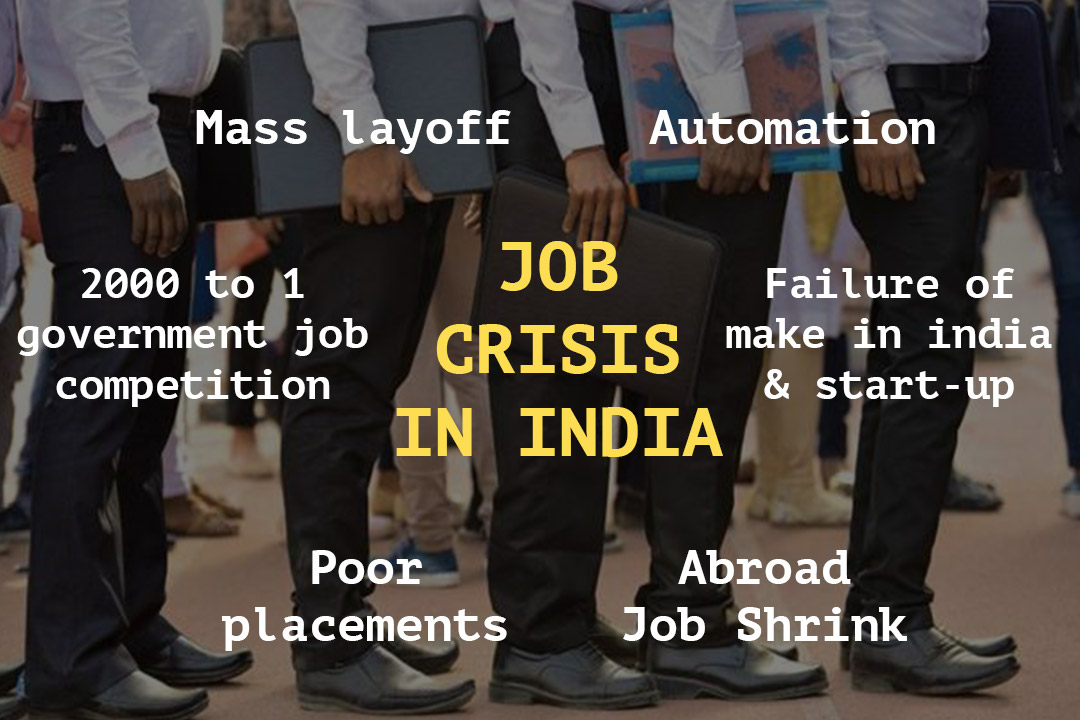
INCREASE IN CAPITAL FLIGHT:
As other economies improve rapidly, there is a serious risk of capital flight from India. The government has to goad in more private capital investments. Else, there is a lurking threat to the middle class.
CPI INFLATION:
The Ministry of Statistics shows that the following costs have been increased since 2014:
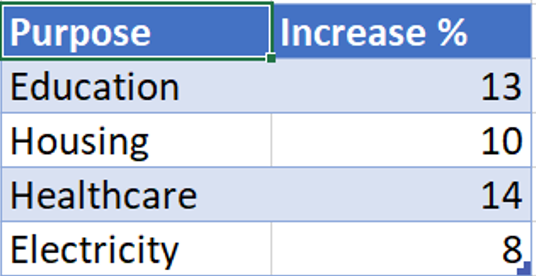
The schemes and initiatives by the Modi government has been beneficial to the middle class. However, there are a set of policies that did not fare well. The speculations and data speak about each scheme’s efficiency.

